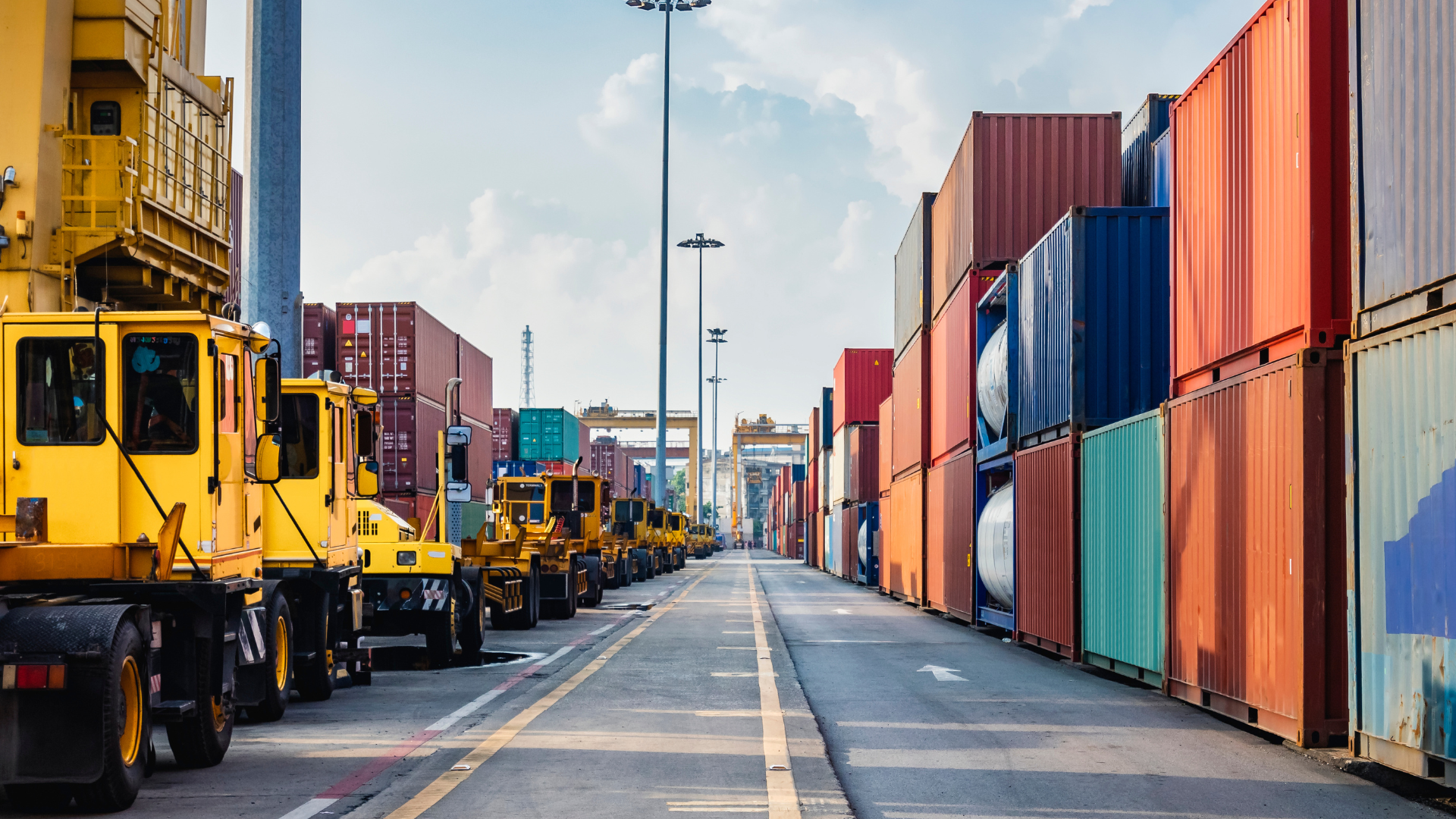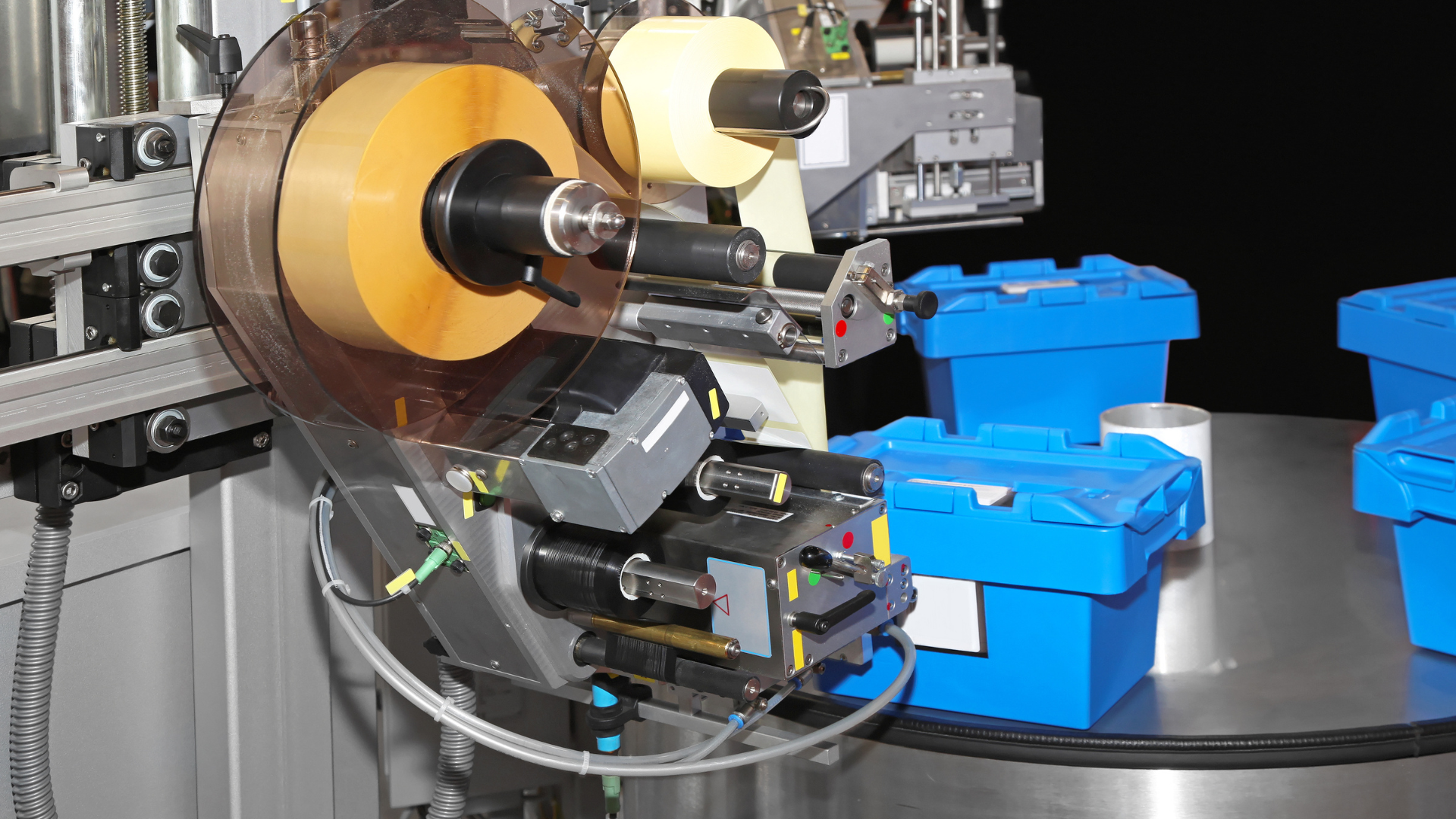There are many important warehouse safety rules to follow when working in a warehouse. Still, there are many important warehouse safety rules to follow when working in a warehouse. Still, the most important one is – do not ride over the material in your warehouse. Of course, this is easier said than done, since warehouses are usually filled with materials like wood, metal, plastic, and even cardboard, all of which can pose a risk of falling or getting crushed if not stored properly. So, what are some ways you can avoid this catastrophe?
Warehouses can pose significant risks to worker safety, making effective health and safety measures crucial. One essential aspect is maintaining cleanliness and hygiene within the facility. In this regard, it seems imperative to do regular cleaning with the help of a commercial cleaner (similar to a Red Deer janitorial service provider). It helps eliminate dust and debris, and clean up liquid spills, thereby minimizing the potential for accidents.
This is just the beginning, as there are numerous other important steps to ensure a safe working environment in warehouses. Here is a list of some key measures to consider:
- Vehicle Safety – Vehicle safety tips when working on or around vehicles, and your workers will be less likely to get hurt. Vehicle safety workers are responsible for a variety of jobs. They are responsible for making sure vehicles are safe to drive. Vehicle safety workers maintain speed limits, inspect tires, and brakes, check lights, and signals, inspect and handle dangerous materials, and more.
- Floor Safety – Proper underlayment and leveling of the warehouse floor using materials such as gypsum concrete is essential to provide a stable and even surface capable of supporting the anticipated loads within the facility. Uneven or sloping floors are not only suboptimal, they also trip and fall hazards. A smooth and even floor, on the other hand, minimizes the risk of equipment instability, load shifting, and potential accidents.
- Slips, Trips, and Falls – More than half of warehouse accidents are caused by slips, trips, and subsequent slips and falls, therefore, it’s critical to maintain these areas tidy to protect employees. If this is ignored, and an employee injures themselves because of your negligence, they have the right to file a lawsuit against you with the assistance of Firma Dominguez or similar law firms in order to get compensation. So be mindful of that.
- Lifting – From the ability to lift heavy objects to handling heavy equipment, it can be exhausting and hazardous to your health if done improperly.
- Fire Safety – Work in warehouses might be risky, but with adequate fire protection, it can also be safe.
- Pallets and Racking – Warehouse safety rules are a must for any workplace, but warehouse safety rules are especially vital for the ones that utilize pallets or racking.
- Personal Protective Equipment – Personal protective equipment (PPE) is a set of work clothes or apparel designed to protect you from specific workplace hazards.
- Training – Warehouse safety training is also helpful for the owners, who can ensure their workers are fully aware and prepared for all situations.
- Use proper uniform – Worker attire should include comfortable shoes and apparel. However, one of the worst errors warehouse employees tend to make is neglecting to dress appropriately.
- Use proper footwear – Proper footwear is essential for the safety of the workers and should cover every area where workers may come into contact with hazards.
- Heavy Equipment – Heavy equipment can be dangerous if not operated correctly. That’s why it is critical to follow some basic warehouse safety rules when it comes to heavy equipment.
- Lack of Awareness – However, it is vitally important that employers provide such training so that employees actually partake in the warehouse safety training.
- Wear safety gear – Wear safety gear at all times. The gear includes safety goggles, safety glasses, steel-toed boots, gloves, and hard hats.
- Wear safety harnesses – Ensure that employees use safety harnesses, wear hard hats, use proper lockout/tag-out procedures, and more.
- Use tools and machines properly – Warehouse safety is nothing to mess with. From keeping sharp objects away from boxing to using proper equipment like a step ladder, there are several important warehouse safety rules you should never ignore.
Warehouse safety isn’t a one-size-fits-all type of thing. Indeed, there are warehouse safety rules more appropriate for outdoor storage, which generally means summer temperatures and sunlight. And while warehouse safety rules vary by industry, some safety rules apply to all warehouses. Regardless of your industry, the following warehouse safety rules will help you stay safe at work and keep your workers safe.
Warehouses are well-known for their vibrant and busy atmosphere. However, as one would imagine, they are also filled with numerous hazardous hazards. These threats range from electric shocks to slip and fall to even fires. Employers are required to ensure that employees work in a clean and safe environment. If an employer fails to do so, then an employer may be found to be negligent.








